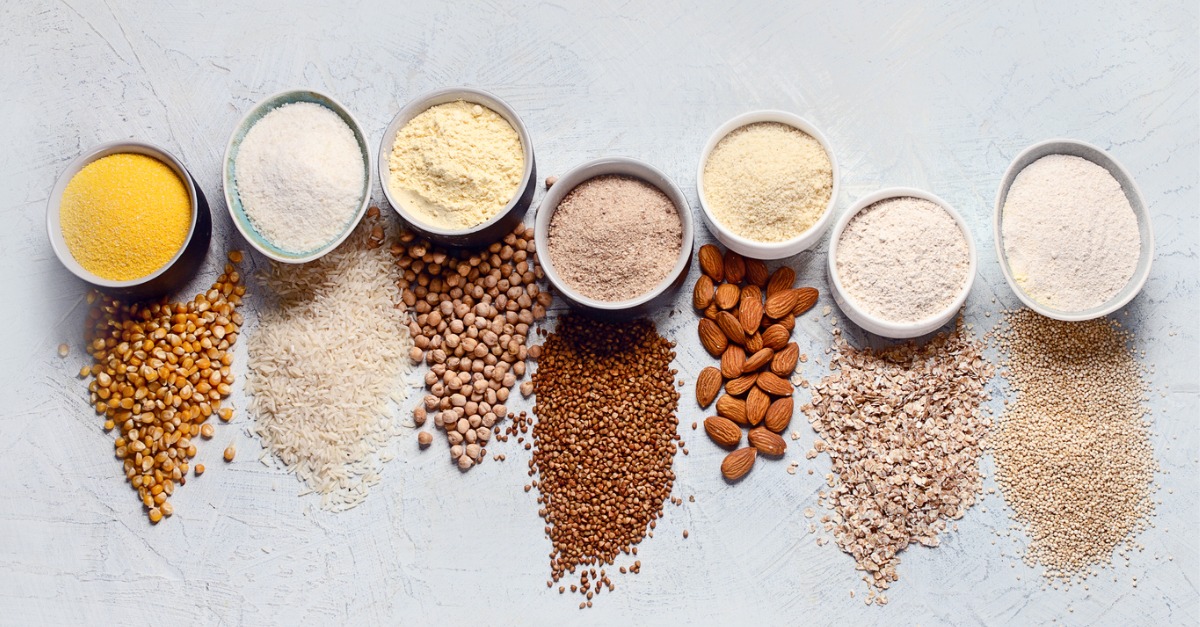Being diagnosed with celiac disease or another condition that causes gluten sensitivity often comes with conflicting feelings. While you may be relieved to know the source of your gastrointestinal symptoms, it’s also normal to feel overwhelmed about a future dictated by dietary modifications.
The good news is there are more gluten-free options than ever before, with grocery stores and restaurants now accommodating a broader range of dietary needs. Here are some ways you can adapt to a new normal and confidently leave gluten behind for good.
Know All the Gluten Sources
First and foremost, familiarize yourself with all basic sources of gluten, so you know which foods to avoid entirely. Barley, wheat, rye, and any products that contain them — including pasta products, bread, and cereal — are the most common sources of gluten, though there are a few surprising others.
Many readily-available processed foods, for example, can also include gluten. Oatmeal, pizza, and anything with a crust — like pie or quiche — are to be scrutinized for gluten ingredients. And don’t forget that beverages can have gluten too, which means whiskey and beer may be difficult for your new diet. Sneaky sources of gluten that can also go overlooked are triticale (a manmade hybrid of wheat and rye), wheat starch, malt extract, malt vinegar, and brewer’s yeast — so you may need to be more vigilant in label-reading than you originally suspect.
Look for the Gluten-Free Label
When you’re newly gluten-free, carefully reading nutrition labels is key. Checking thoroughly for any of the aforementioned ingredients is the best way to avoid accidental exposure. But over time, you’ll become more familiar with what you can and cannot safely consume. For quick reference, consider keeping a running list of approved products in the notes app on your phone or in a spreadsheet.
One quick way to tell if something is safe is to look for a gluten-free label. “Certified Gluten-Free” is the insignia given to products that meet criteria indicating foods are safe for gluten-free consumers by the Gluten-Free Certification Organization. When regulated by the FDA, any food claiming to be gluten-free is also considered safe.
Prioritize What’s Naturally Gluten-Free
Due to increased awareness, today there’s an abundance of gluten-free substitutes available for foods that otherwise traditionally include gluten. Before you start exploring those products however, practice loading up on foods that are naturally gluten-free, and then work gluten alternatives back into your diet as desired. Enjoy peace of mind by filling your plate safely with vegetables, fruits, nuts, beans, seeds, fish, and lean meat.
Remember, too, that being gluten-free doesn’t mean you have to avoid all grains altogether. There are many naturally gluten-free grains and flours out there, including quinoa, rice, corn, soy, tapioca, arrowroot, millet, and buckwheat, to name a few.
Be Mindful of Cross-Contact
While you experiment, note that for people with celiac disease, exposure to even trace amounts of gluten can be dangerous. If you live with others who eat gluten, for example, be sure to avoid cross-contact by using separate toasters, strainers, cutting boards, and other food prep items. You’ll also want to stop sharing spreadable condiments, such as peanut butter and mayonnaise.
Embrace New Opportunities
Upon embarking on a gluten-free lifestyle, you may find yourself mourning the foods you once enjoyed without any worries. These feelings are normal and valid, and deserve honoring. Your gluten-free diet, however, can also become a way to explore new foods and experiences. For example, your community natural foods store may be an excellent source for gluten-free products you might not find on regular grocery store shelves, and exploring them may provide an opportunity to connect with other like-dieting individuals.
Looking up recipes for gluten-free variations of your favorite meals and learning how to prepare them at home may also inspire some culinary creativity. Experiment with cuisine that’s naturally gluten-free. For example, Mexican, Latin American, and Thai cuisines all tend to have many gluten-free dishes or options that can be easily modified with gluten-free alternatives.
Whether you suspect a gluten sensitivity or you’ve been recently diagnosed with a gastrointestinal condition, our gastroenterology team is here to help you lead a healthy life with minimal distressing symptoms. To schedule an appointment, contact us online or call 762-356-4785 to directly reach our gastroenterology department.

